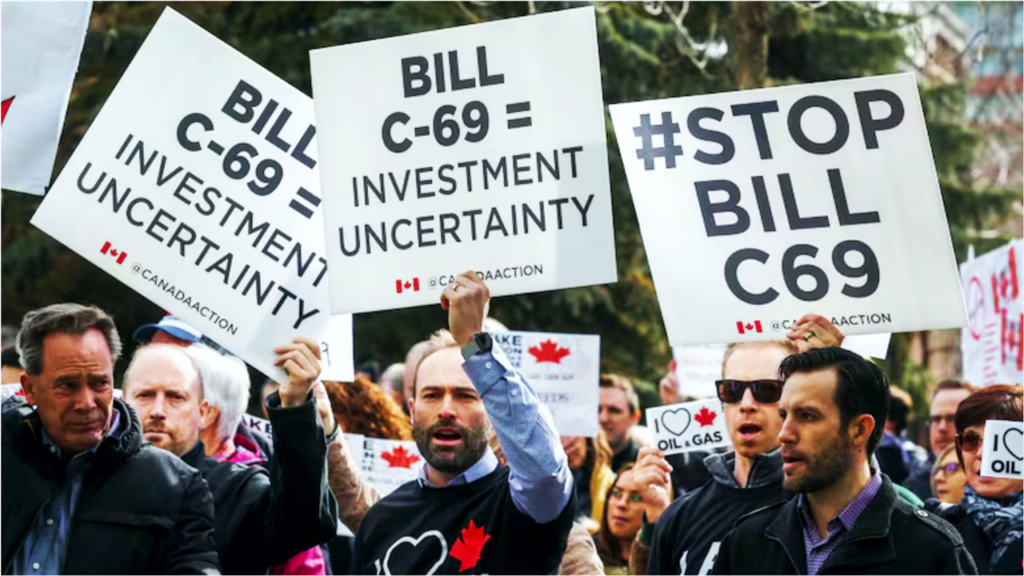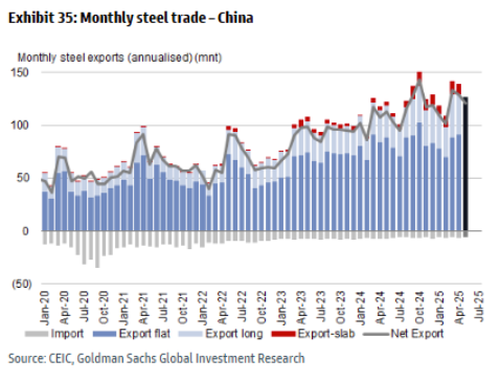COVID Pandemic Interventions, Not the Virus, Drove Spikes in Excess Mortality

Source: Children’s Health Defense
Deaths during the first “peak” of the COVID-19 pandemic resulted from medical and government interventions, not a circulating respiratory virus, Canadian researchers concluded in a paper posted Monday on Preprints.org.
Those interventions resulted in the deaths of primarily elderly and poor people, researchers with the Canadian nonprofit Correlation: Research in the Public Interest said.
Joseph Hickey, Ph.D., Denis Rancourt, Ph.D., and Christian Linard, Ph.D., authors of groundbreaking all-cause mortality research since early in the pandemic, analyzed all-cause mortality data in several locations in the northern hemisphere during the “first” and “summer” pandemic peaks in March-May and June-September 2020.
In their 356-page paper, they analyzed data from much of Europe and key sites in the U.S. at different geographical scales — by states and counties in the U.S., and “national units of territorial statistics” in Europe, which are roughly similar to U.S. counties.
They compared the actual all-cause mortality rates in these places to the predicted all-cause mortality for a contagious pandemic virus as measured by standard epidemiological models. They found that even accounting for flaws in those models, the results were very different than what would have been expected.
They said their findings show “strong evidence” that the patterns of excess mortality can’t be explained by a “novel and virulent virus (SARS-CoV-2) that spreads by person-to-person contact,” as most analysts of early excess mortality spikes have assumed.
They wrote:
“This means that the paradigm that a spreading viral respiratory disease caused the excess mortality during Covid is false. The said paradigm is disproved by empirical observations of high-resolution geotemporal variations of age and frailty adjusted excess mortality … on two continents in the Northern Hemisphere.
“Instead, the excess mortality appears to be entirely iatrogenic and induced by the imposed so-called pandemic response.”
The authors hypothesized that a complex series of lockdown-related policies, which caused major biological stress, dangerous medical treatments applied in a state of panic, and the failure to properly treat pneumonia and respiratory disease drove excess mortality during the early all-cause mortality peaks during the pandemic, as they have also detailed in other research papers.
Adjacent jurisdictions should have had similar excess death rates — but they didn’t
Almost immediately after the World Health Organization declared COVID-19 a pandemic on March 11, 2020, there were large peaks of excess mortality in some jurisdictions and not in others — even when the jurisdictions were adjacent to each other, had high population densities and significant numbers of people moving between them daily.
The researchers found “a high degree of geographic heterogeneity” in excess mortality during the first peak in early 2020, contrary to the standard epidemiological models’ prediction that similar adjacent places would have similar outcomes.
For example, they analyzed Germany’s western border with the Netherlands, France and Belgium. The regions have very similar population density, population profiles and a high degree of traffic moving between them, leading to the assumption that those regions would have similar excess mortality outcomes.
Yet, Germany had almost no excess mortality in the western border regions, while France, Belgium and the Netherlands had high excess mortality.
“The fact that there’s that big difference in mortality on either side of the border suggests that there’s something that is a matter of a policy or a measure that’s responsible for that big difference,” lead author Hickey told The Defender. “The virus would not stop at the border, because people are traveling across. And it’s very contagious, supposedly.”
The researchers also compared cities with similar population profiles, healthcare systems and large airports within countries — such as New York, Los Angeles and San Francisco in the U.S. and Milan and Rome in Italy — and found stark differences in excess mortality.
Standard large-scale spatial epidemiological models that account for people traveling to airport hubs around the world and spreading the virus would have predicted a more even spread of the virus in these different locations, Hickey said. That would be true even when accounting for the travel restrictions enacted almost immediately at the start of the pandemic.
However, the mortality data showed that some locations, like New York, had high spikes in excess mortality and others, like San Francisco, did not.
Timing of excess mortality peaks didn’t match expectations
The researchers also found that within countries, the peaks in excess mortality were very different — higher in some places and lower in others — but the peaks occurred at the same time. These findings also contradict the expectations for standard mortality models for COVID-19.
For example, their analysis of several jurisdictions in Italy found a wide variation in the rate of excess death — a 7-fold difference between northwest Italy and central Italy — even though the peaks in excess mortality occurred at the same time throughout the country. This trend was similar for all European countries that had a high excess mortality peak.
That means that instead of the virus spreading out from major urban centers with large airports to rural areas over time, as epidemiological models would predict, urban and rural centers experienced their peaks simultaneously.
Hickey said there are flaws in typical models, which don’t account for a lot of diversity in populations. However, if the models were adjusted to account for all of the regional and population differences found in the real world, the outcome would be more heterogeneity from one place to another. Instead, there was a high degree of synchronicity in the all-cause mortality peaks.
Higher mortality associated with higher poverty rates
The researchers also found major disparities between wealthy places and adjacent poor places, through their analysis of “inter-county disparity.” They examined socioeconomic vulnerability metrics, which include things like per capita income.
One of the greatest disparities was between Manhattan and the Bronx, which border each other. Places with higher poverty and greater numbers of non-white residents, like the Bronx, had much higher mortality than neighboring Manhattan. They found similar disparities in different boroughs of London.
“Exceptionally large F-peaks [first-peak period excess mortality] occurred in areas with large publicly-funded hospitals serving poor or socioeconomically frail communities, in regions where poor neighbourhoods are situated in proximity to wealthy neighbourhoods, such as the case of The Bronx in New York City, and the two of boroughs of Brent and Westminster in London, UK,” they wrote.
Traditional epidemiological models of viral spread predict that people who live in more crowded living conditions when a contagious virus is spreading have higher rates of excess death. However, the excess death data showed a high level of variability. In some places, people in crowded living conditions had high excess mortality and in others, they had low excess mortality.
The researchers also analyzed death by institutional location, comparing hospitals, nursing homes and homes. They found that in places with high excess mortality, a disproportionate number of deaths happened in hospitals. And in places with low excess mortality, a higher share of deaths than normal were happening at home.


This article was funded by critical thinkers like you.
The Defender is 100% reader-supported. No corporate sponsors. No paywalls. Our writers and editors rely on you to fund stories like this that mainstream media won’t write.
Given that the prevailing viral spread paradigm failed to account for the distribution of excess mortality generally, they argue that the higher number of deaths in hospitals in places with higher excess mortality supports the hypothesis that medical interventions were driving the numbers higher.
For example, Hickey said, in the “frenzy of the first months of COVID,” measures like mechanical ventilation were being applied in untested ways. They were used frequently, and sometimes two people were put on the same ventilator. “Anesthesia machines,” which carry greater risks than regular mechanical ventilators, were used.
Hickey said they also argue that the biological stress of pandemic policies that locked people down, isolated them, imposed testing and other measures imposed major stress on large populations.
That stress reduced immune system efficacy and made people more susceptible to developing pneumonia, which then went untreated. This was a major driver of excess mortality in the first peak period.
Related articles in The Defender
- ‘Highly Improbable’: New Study Exposes Flaws in Lancet Paper Claiming COVID Vaccines Saved Millions of Lives
- COVID Didn’t Cause Surge in Excess Deaths — The Pandemic Response Did
- Vaccines Caused 17 Million Deaths During Pandemic Plus 4 More Takeaways From Largest Excess Mortality Study to Date
- Breaking: Largest Study of Its Kind Finds Excess Deaths During Pandemic Caused by Public Health Response, Not Virus












